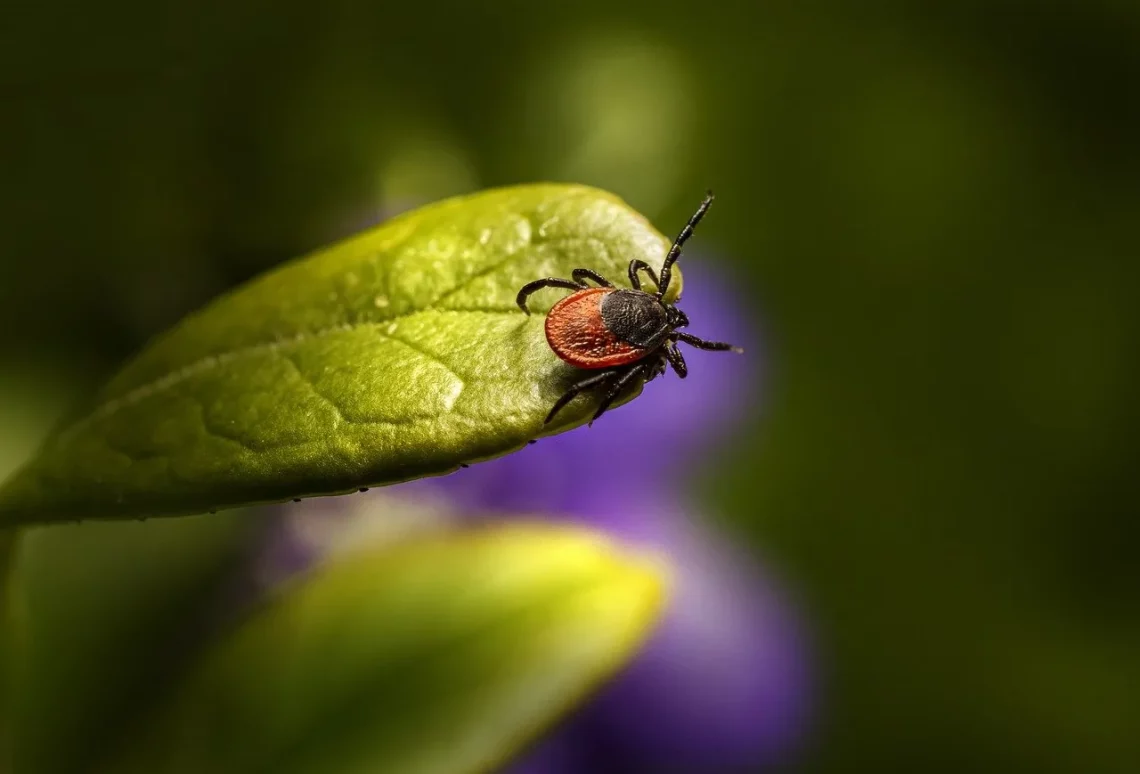
Understanding Tick Longevity Without a Host: Lifespan Insights
Ticks are small arachnids that play a significant role in the ecology of many ecosystems. Despite their diminutive size, they have a substantial impact on wildlife and human health due to their ability to transmit various diseases. Understanding ticks and their behavior, particularly their lifespan without a host, can provide valuable insights into their biology and ecology.
Ticks require a host to feed and reproduce, but they have evolved various strategies to survive during periods when hosts are unavailable. This adaptability allows them to thrive in diverse environments, from forests to urban areas. Their resilience is partly due to their ability to enter a state of dormancy, which can extend their lifespan significantly. This remarkable adaptability raises questions about their life cycle, survival mechanisms, and how these factors influence their interactions with hosts, including humans and pets.
As we delve into the fascinating world of ticks, we will explore the different phases of their life cycle, the environmental factors that affect their longevity, and the implications for disease transmission. By understanding these aspects, we can better appreciate the complex relationship between ticks, their hosts, and the ecosystems they inhabit.
The Life Cycle of Ticks
Ticks undergo a complex life cycle that includes four primary stages: egg, larva, nymph, and adult. Each stage has specific requirements for survival and development, particularly concerning their need for a blood meal from a host.
The life cycle begins when a female tick lays hundreds to thousands of eggs in a suitable environment, often in leaf litter or grassy areas. After a few weeks, the eggs hatch into larvae, which are about the size of a pinhead. At this stage, the larvae seek out small hosts, such as rodents or birds, to feed on. This initial blood meal is crucial for their development into nymphs.
Once the larvae have fed, they molt into the nymph stage. Nymphs are slightly larger and can feed on a broader range of hosts. This stage is critical for disease transmission, as nymphs are often the stage that bites humans. After feeding, nymphs molt into adults, which are significantly larger and can reproduce. Adult ticks can live for several months to years, depending on environmental conditions and the availability of hosts.
The ability of ticks to survive without a host varies between species and developmental stages. While larvae may only survive for a few weeks without a blood meal, nymphs and adults can endure for much longer. This adaptability allows ticks to wait for suitable hosts to come into contact with them, enhancing their chances of survival and reproduction.
Factors Influencing Tick Longevity
Several environmental factors play a significant role in determining the longevity of ticks without a host. Temperature, humidity, and availability of shelter are critical for their survival. Ticks thrive in humid environments, as they can easily desiccate in dry conditions. High humidity levels help maintain moisture on their bodies, which is vital for their survival.
Temperature also affects tick longevity. Most ticks prefer moderate temperatures and can become inactive in extreme heat or cold. For instance, in colder climates, ticks may enter a state of dormancy, significantly extending their lifespan. This ability to adapt to temperature fluctuations allows ticks to survive in various habitats, from temperate forests to arid regions.
Another essential factor is the availability of shelter. Ticks often seek refuge in leaf litter, tall grasses, or even in the crevices of rocks and trees. These shelters provide not only protection from environmental stressors but also a microclimate that can enhance their survival chances. When conditions are unfavorable, ticks can enter a state of quiescence, effectively pausing their development until conditions improve.
Understanding these factors is crucial for managing tick populations and reducing the risk of tick-borne diseases. By addressing the environmental conditions that favor tick survival, we can implement strategies to mitigate their presence in areas frequented by humans and pets.
Tick Survival Strategies
Ticks exhibit various survival strategies that enable them to thrive in the absence of a host. One primary strategy is their ability to enter a state of dormancy or quiescence during unfavorable conditions. This adaptation allows them to survive extended periods without feeding, effectively pausing their life cycle until conditions become more favorable.
In addition to dormancy, ticks have evolved various physiological adaptations that enhance their survival. For example, their exoskeleton is designed to minimize water loss, which is particularly important in dry environments. This adaptation allows ticks to retain moisture, increasing their chances of survival during periods without a host.
Moreover, the ability to sense environmental cues is crucial for tick survival. Ticks can detect changes in temperature, humidity, and even the carbon dioxide emitted by potential hosts. This sensory ability helps them position themselves in areas where they are more likely to encounter a host, thus optimizing their chances of survival.
Ticks also have a remarkable capacity for reproduction, which plays a vital role in their population dynamics. A single female can lay thousands of eggs, ensuring that even if some individuals do not survive, enough will remain to continue the species. This reproductive strategy, combined with their survival adaptations, makes ticks highly resilient creatures.
Understanding these survival strategies is essential for developing effective tick control measures. By disrupting their life cycle and minimizing their chances of survival, we can reduce the risk of tick-borne diseases and protect both human and animal health.
The Implications of Tick Longevity
The longevity of ticks without a host has significant implications for public health and wildlife management. As ticks can survive extended periods without feeding, they can remain in the environment, waiting for potential hosts to come into contact with them. This persistence increases the risk of tick-borne diseases, which can pose serious health risks to humans and pets.
One of the most significant concerns is the transmission of diseases such as Lyme disease, Rocky Mountain spotted fever, and anaplasmosis. These diseases can lead to severe health complications if left untreated. Understanding tick longevity helps health professionals and researchers develop better strategies for prevention and control.
Furthermore, the implications extend beyond human health. Ticks also affect wildlife populations, particularly in areas where they transmit diseases to animals. This can disrupt local ecosystems and impact biodiversity, as some species may be more susceptible to tick-borne illnesses than others.
Effective tick management strategies must consider the longevity and survival mechanisms of ticks. By targeting their habitats, modifying environmental conditions, and employing preventive measures, we can significantly reduce tick populations and the associated risks. Public awareness campaigns also play a crucial role in educating communities about tick prevention and control, helping individuals take proactive measures to protect themselves and their pets.
In conclusion, understanding tick longevity without a host is crucial for public health and wildlife management. By exploring the life cycle of ticks, the factors influencing their longevity, and their survival strategies, we can gain valuable insights into their behavior and ecology. This knowledge empowers us to develop effective strategies to mitigate the risks associated with tick-borne diseases and protect the health of humans, pets, and wildlife.
**Disclaimer:** This article is for informational purposes only and does not constitute medical advice. For any health concerns or tick-borne disease inquiries, please consult a qualified healthcare professional.




